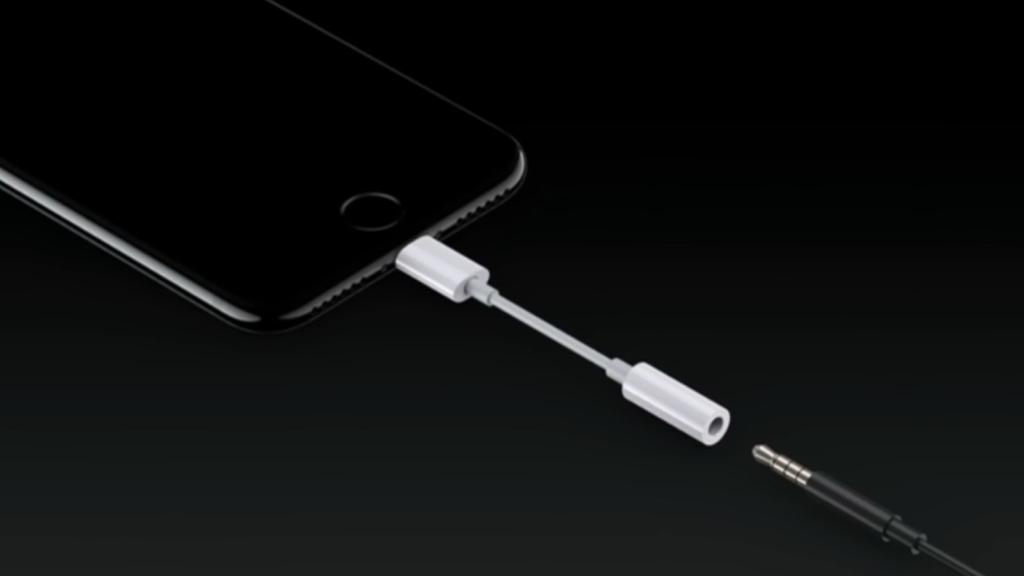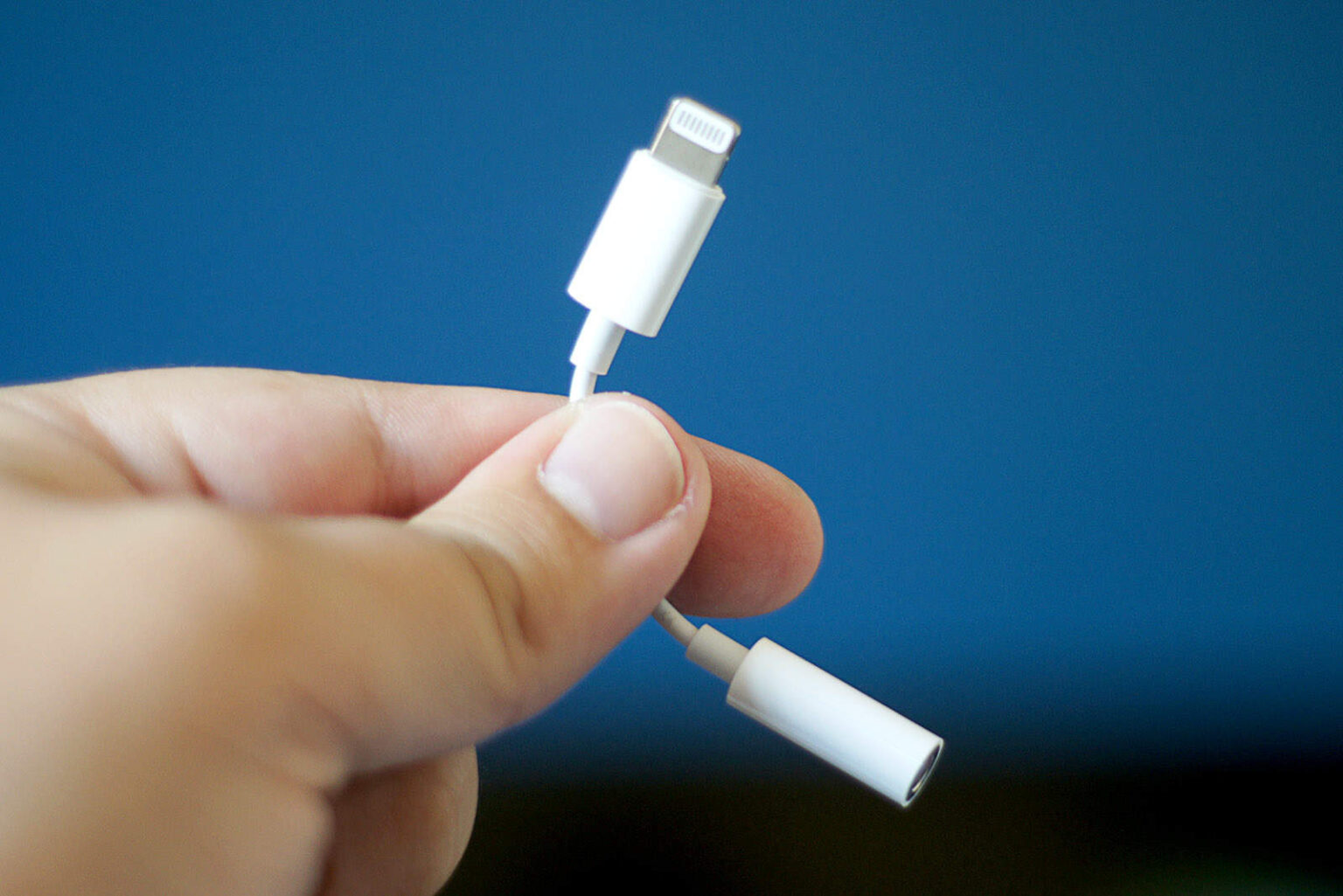Apple has now officially discontinued the popular Lightning to Headphone Jack Adapter in the US, UK, and Australia. This adapter once served as an iPhone user’s must-have accessory, as it permitted devices with no headphone jack to sync with wired headphones, car audio, and even airplane entertainment setups.
The adapter was an introduction to combat fallout from Apple having decided to leave the 3.5mm headphone jack on its iPhone 7 line in 2016. However, the adapter’s journey also mirrored the sector’s inexorable progression toward wireless audio and Apple’s own evolution to USB-C ports, which were initially bundled with iPhones.

A Shift Away from Lightning
It was turned into a must-have accessory, especially for those who did not want to give up on however wired headphones they had. Until 2018, Apple included it on new iPhones before many users turned to Bluetooth alternatives like the AirPods and other such devices.
The adapter was sold separately after 2018 for around $9. But the availability of it had waned as Apple shifted its focus on Lightning connectors. The culmination of this transition was when in 2023 Apple included the iPhone 15, the first model to be using USB-C.
The adapter has just vanished from Apple’s online stores in major regions, ending its official US, UK and Australian presence.
Where Can You Still Find It?
In these countries, Apple still sells the Lightning to 3.5mm Adapter: France, Denmark, Finland, Norway, and Sweden. You can also find it on third-party retailers such as Amazon, availability may vary.
One feature that frustrated some of those loyal iPhone users was the adapter’s versatility. Despite this, Apple’s dedication to USB-C implies this shift is here to stay and its devices will join the rest of the world in following industry standards.
The adapter may fade into oblivion in those markets, but that legacy reminds the world of how the tech landscape has been changed by one company, Apple. Now is the time for those who still rely on wired audio and don’t want to regress to securing one before they become a rarity.
What’s Next for iPhone Users?
The absence of the Lightning adapter has frustrated some, but it is a reflection of Apple’s willingness to embrace USB-C going forward. Among other things, this change is intended to promote the ability of a single OS to work on multiple devices and accessories, even at the expense of some legacy products.

The adapter can still be found for those still clinging to wired audio solutions, though gone are the days of being readily available. With Apple on its way, in the coming days iPhone accessories will need to adjust to a changing landscape. This is the end of an era, but for Apple, this is just another step toward that all-USB-C future.




